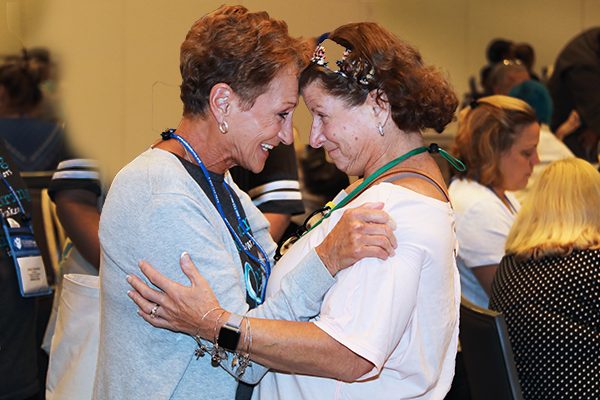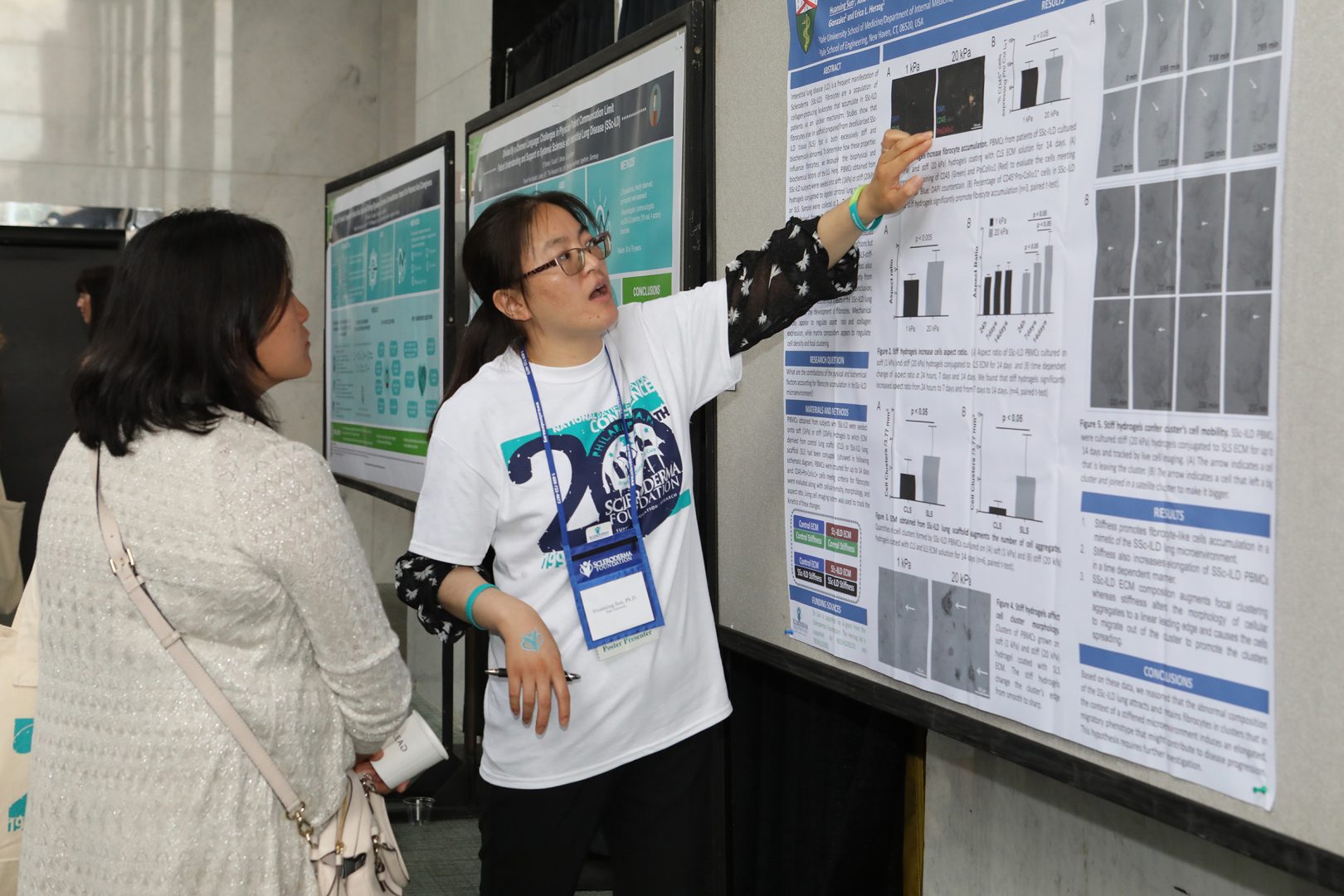
Parents and their children who have been diagnosed with scleroderma often seek out trusted resources regarding the disease and available treatments. On this page and the others linked to it, we do our best to share important information that can help you in your journey.
Scleroderma isn’t easy to explain. It’s a complex disease. There are different forms of scleroderma. No one can predict who will get the disease and doctors can’t tell you exactly which symptoms you will experience, or how severe or mild those symptoms will be.
This information is best used as a reference tool when talking with your pediatric rheumatologist. It can help you ask specific questions and share pertinent information so that you and your physician make the best decisions possible regarding your child’s care.

No two scleroderma journeys are the same, but there are common experiences along the way. No matter where you, your child, or a loved one are in your journey, or the type of scleroderma, the National Scleroderma Foundation can help you find your best path.


